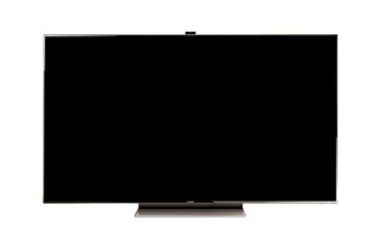Kinds of DJ Cables
Putting on an entertaining show at a party depends a lot on the DJ. Not only are the skills of the DJ important, but so is the equipment through which the music is being played. But once you’ve got all the equipment necessary to entertain the crowd – such as the music source, speakers and amplifier – how exactly do you connect them all? There’s a complex array of plugs and cables that can cause great confusion when putting a setup together, and many newbie DJs often don’t know where to begin.
The Difference Between Balanced and Unbalanced Audio
Before sorting out DJ equipment cables, it’s important to understand the difference between balanced and unbalanced audio.
Unbalanced audio – This is what most personal and home music devices use, such as iPods and MP3s. An unbalanced mono signal needs two wires to carry audio through the cable. One wire acts as the ground, and the other carries the audio. An unbalanced stereo signal requires three connections at the bare minimum. The issue with unbalanced audio signals is that they’re easily affected by external noise. All the electromagnetic fields that surround us every day can interfere with a wire’s audio signal.
Balanced audio – These are not as common as unbalanced audio wires. Balanced mono signals feature two audio wires and a ground. The cables for a balanced signal requires three connections. The reason why two wires are carrying one signal with balanced audio cables is that the 2 audio signals are total opposites to each other, and they can cancel each other out at the speaker end to create audio with minimum interference. Balanced audio cables can be used to cover much greater distances compared to unbalanced cables.
Types of Connectors
RCA
This is the most common type of unbalanced cable that a DJ will likely use. It can be used to connect a variety of DJ equipment, including a digital audio interface to a club mixer. The majority of inputs on DJ mixers are RCA. These are mono cables that typically come in attached pairs. There are two separate cables, each requiring its own ground connection. Thus, an unbalanced stereo signal using RCAs will require 4 connections.
DJ hardware utilizes RCA connections for phono and line levels. Phono is the level that is output from a turntable, and is much quieter than a line level output. A number of DJ mixers have inputs that can be switched from the phono and line levels.
XLR
For balanced audio plugs, XLR is among the most common. It’s commonly used for microphones, and used as the master audio output from DJ club mixers. XLRs are highly secure, however, it can be bulkier compared to others, which can be an issue when space is limited on digital controllers. Two cables are required to send a stereo signal because it is a 3-core balanced connection.
TRS
A TRS cable stands for “Tip, Ring, Sleeve” because of the design of the jack socket and jack plug that is used. These cables are used for stereo operation where the Tip represents the left channel, the Ring represents he right channel and the Sleeve connects both the left and right channels. A TRS cable can be used for a balanced signal connection to reduce excess interference on long cable runs.
TRS cables are more compact than XLR cables for balanced audio output from mixers and audio interfaces. They are also used as unbalanced stereo cables as well because they feature 3 connections.
S/PDIF
Digital connections can sometimes be found on audio interfaces and newer club mixer models. Since digital signals are much less susceptible to external interference, they don’t have to be balanced.

